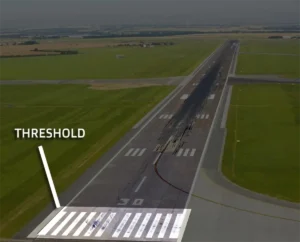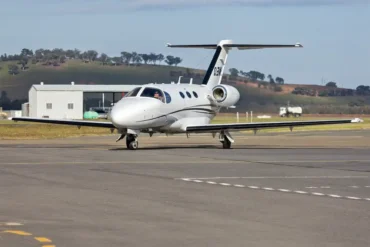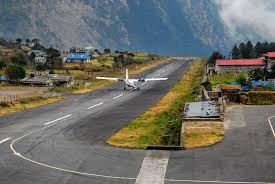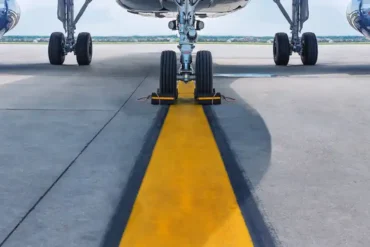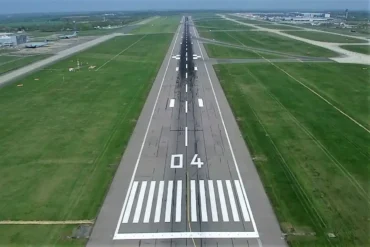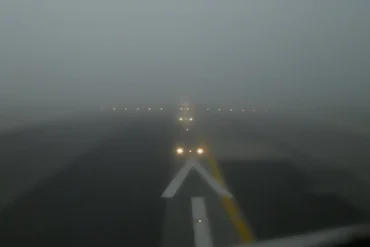Imagine you’re on a plane, about to land. The runway threshold is like the “welcome mat” for your plane. It’s the spot where the pilot aims to start touching down, making sure you have a smooth and safe landing. You can usually spot it easily on the runway – it’s marked with special lines and lights to help pilots see it clearly as they’re coming in for landing.
What Makes a Runway Threshold Special?
- Eye-catching stripes: Picture a series of parallel lines stretching across the width of the runway. These stripes help pilots spot where they should start landing, even from high up in the air.
- Green lights: At night or when it’s hard to see, green lights mark the start of the runway. They’re like a beacon guiding planes home safely.
- Safety first: The threshold marks where it’s safe to land, giving planes plenty of room to slow down and stop without any drama.
Why Runway Thresholds Matter
- Guiding pilots: Think of thresholds as a bull’s-eye for pilots. They help line up the plane just right and show where to aim for touchdown.
- Keeping everyone safe: By clearly showing where it’s okay to land, thresholds help prevent accidents like overshooting or landing short of the runway.
- Making the most of runways: Sometimes, airports can adjust thresholds to use runways in different ways while still keeping things safe.
How Runway Thresholds Are Used
- Flexible landings: Sometimes, the threshold is moved further down the runway. This lets planes use the earlier part for taking off or taxiing, making the airport more efficient.
- Precision landings: For runways with fancy instruments, the threshold helps planes line up perfectly, whether the pilot or computer is flying.
- Short runways: At airports with less space or tricky surroundings, the threshold is super important. It shows pilots exactly where to land so they have enough room to stop safely.
Things to Think About
- Keeping things visible: It’s crucial to keep threshold markings and lights in tip-top shape. This helps pilots see them clearly, no matter the weather or time of day.
- Following the rules: There are strict guidelines about how thresholds should be marked and lit. Airports have to follow these rules to keep everyone safe.
- Training pilots: Pilots spend a lot of time learning about different types of thresholds. This training helps them land safely in all sorts of situations.
So, next time you’re on a plane coming in for landing, keep an eye out for the runway threshold. It’s that important starting line that helps bring every flight to a safe and smooth end. Pretty cool, right?
